THE HISTORY OF HOLY TRINITY RATHMINES
Gratitude
We are so grateful to Chris Owen who has shared his Paper on The Church of Holy Trinity Rathmines.
THE DESIGN AND BUILDING OF THE ORIGINAL HOLY TRINITY CHURCH.
The church was designed by John Semple, (c. 1801 to c. 1873). The Church was consecrated in 1828 it would have been built in the 1826/1827 period and designed in 1825.
The Church was completed as a Chapel of Ease of the United Parishes of St Peter’s and St Kevin’s in Dublin, and consecrated for worship in 1828. On Sunday the 1st of June, 1828, which was the Feast of the Holy Trinity, the new church in Rathmines was consecrated to The Holy and Undivided Trinity for the worship of God by the Lord Archbishop of Dublin, the Most Reverend William Magee.
PARISH SCHOOLS
The Parish school was built in 1852 and called the Township Schools and was located in Upper Rathmines Road. The Townships Schools building is now occupied by the Rathmines and Rathgar Musical Society although the original Boys’ School and Girls’ School separate entrances are still clearly visible on the building.
THE DESIGN AND RE-BUILDING OF HOLY TRINITY CHURCH
In 1854 alterations and re-painting was carried out in Holy Trinity by Special Licence that was granted by the then Archbishop of Dublin to permit Divine Service to be ‘performed in the schoolhouse erected in the locality of said church’ during the work.
Over the years Holy Trinity Church was greatly enlarged, a new organ was erected, the parochial hall was built and the first rectory was purchased. The rectory is located opposite Holy Trinity Church on the corner of Purser Gardens.
ORGAN
Organ concerts were often given in Rathmines, as reported in Rathmines News and Dublin Lantern.
STAINED GLASS WINDOWS
There are a number of stained glass windows in Holy Trinity Church. There are three large windows: at the East End, in the North Transept and in the South Transept. There are three other smaller stained glass windows: two in the South Transept and one in the North Transept. This latter window was originally located in the exterior wall but, after recent renovations it was re-mounted on an interior wall.
WAR MEMORIALS
Following the Great War (1914-1919), Archbishop Barton, Archbishop of Dublin, issued a decree that all parishes must erect a memorial to commemorate those who lost their lives in the global conflict. The three-panel memorial in Holy Trinity Church is of carved stone and is erected on the South Transept. It was designed by Mr R.C. Orpen FRIAI and executed by Messrs Sharp and Emery. (Courtesy www.irishwarmemorials.ie website)
The smaller Second World War (1939-1945) memorial contains the names of ten members of the parish who lost their lives and the two framed Rolls of Honour list a further 94 names of those who served with the Allies. It may be in recognition of the changing times and attitudes that these latter scrolls include the names of 23 women who also served with the Armed Forces of the Allies. (Courtesy www.irishwarmemorials.ie website)

